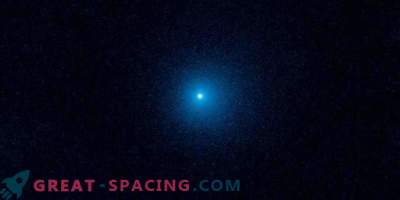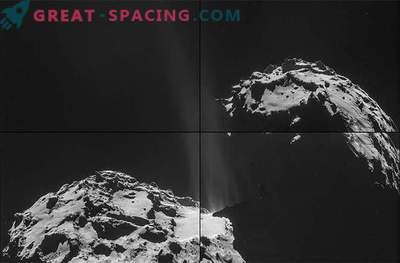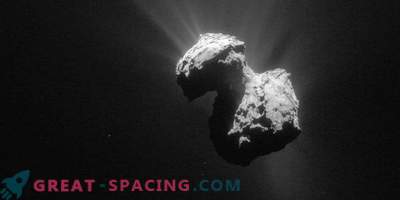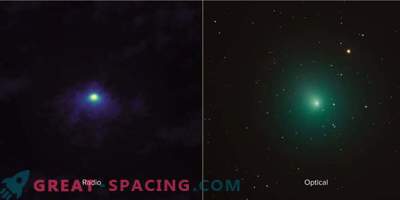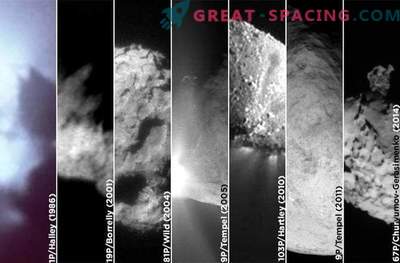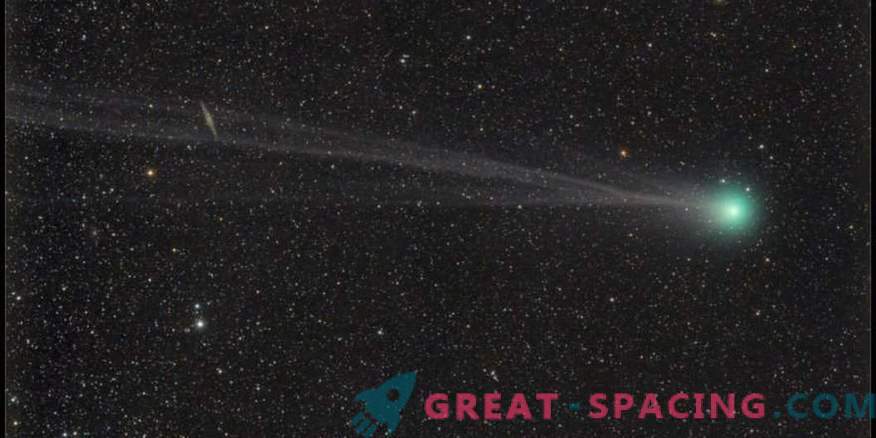
The researchers were able to detect a “special comet” at a distance of 1.5 billion miles from the Sun. This is the first time when it turned out to find a comet at a similar distance. Scientists point out that they are opening up a new opportunity to control objects at large distances.
C / 2017 K2 is now located below the orbit of Saturn. Her journey lasts for millions of years from a point with a temperature of -440 degrees Fahrenheit. Comet caught in the Hubble telescope survey.
The K2 orbit says that the object moves from the Oort cloud - a large-scale spherical territory with hundreds of billions of comets. As the object approached, it heated up, so it released a dust cloud covering 80,000 miles (coma). New data shows early signs of activity.
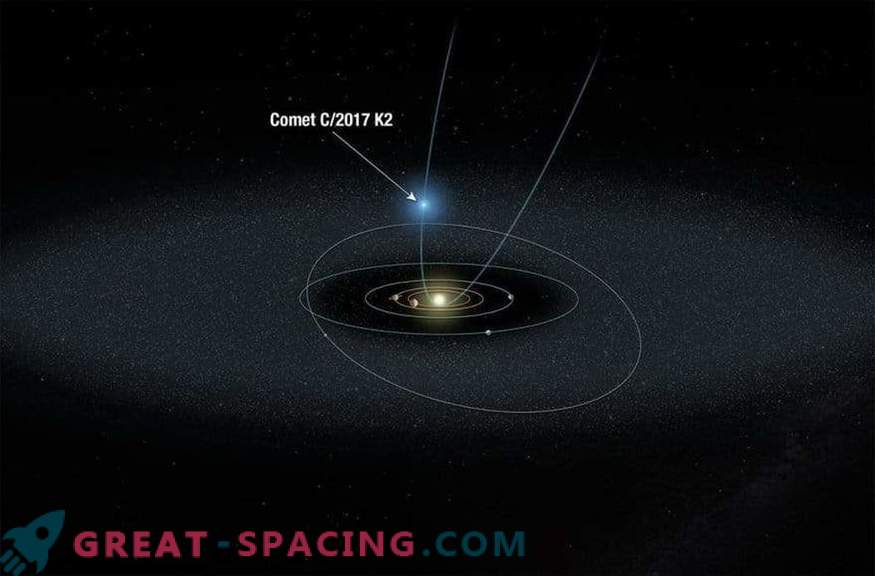
Before you is the orbital path of comet K2 in its first entry into our system. The Hubble telescope managed to fix it at a distance of 1.5 billion miles from the Sun, between Saturn and Uranus. The survey shows a fuzzy dust cloud (coma) concentrated around an icy body. K2 - the most distant active comet And it is surprising. The comet consists of ice and is now moving through a still cold zone at a great distance. Therefore, it is strange that she manages to manifest the process of melting and creating coma so early. Observations show that the sun's rays heat up the frozen volatile gases (oxygen, nitrogen, carbon dioxide and carbon monoxide) and tear them away into space.
This is an important detail, since most comets are already found in Jupiter’s orbit when the upper substances are evaporated. So scientists were able to fix a previously unseen process.
K2 was noticed in May 2017 in the Pan-STARRS system. Then they connected the Hubble 3 camera, which helped to calculate the width of the coma and the size of the core - 12 miles wide. So far it is surprising that the comet has no tail. Most likely, the torn-off particles are too huge for radiation solar pressure. But, the closer to the Sun, the greater the chance of a tail. A close span (at a distance of Mars) is expected in 2022.
